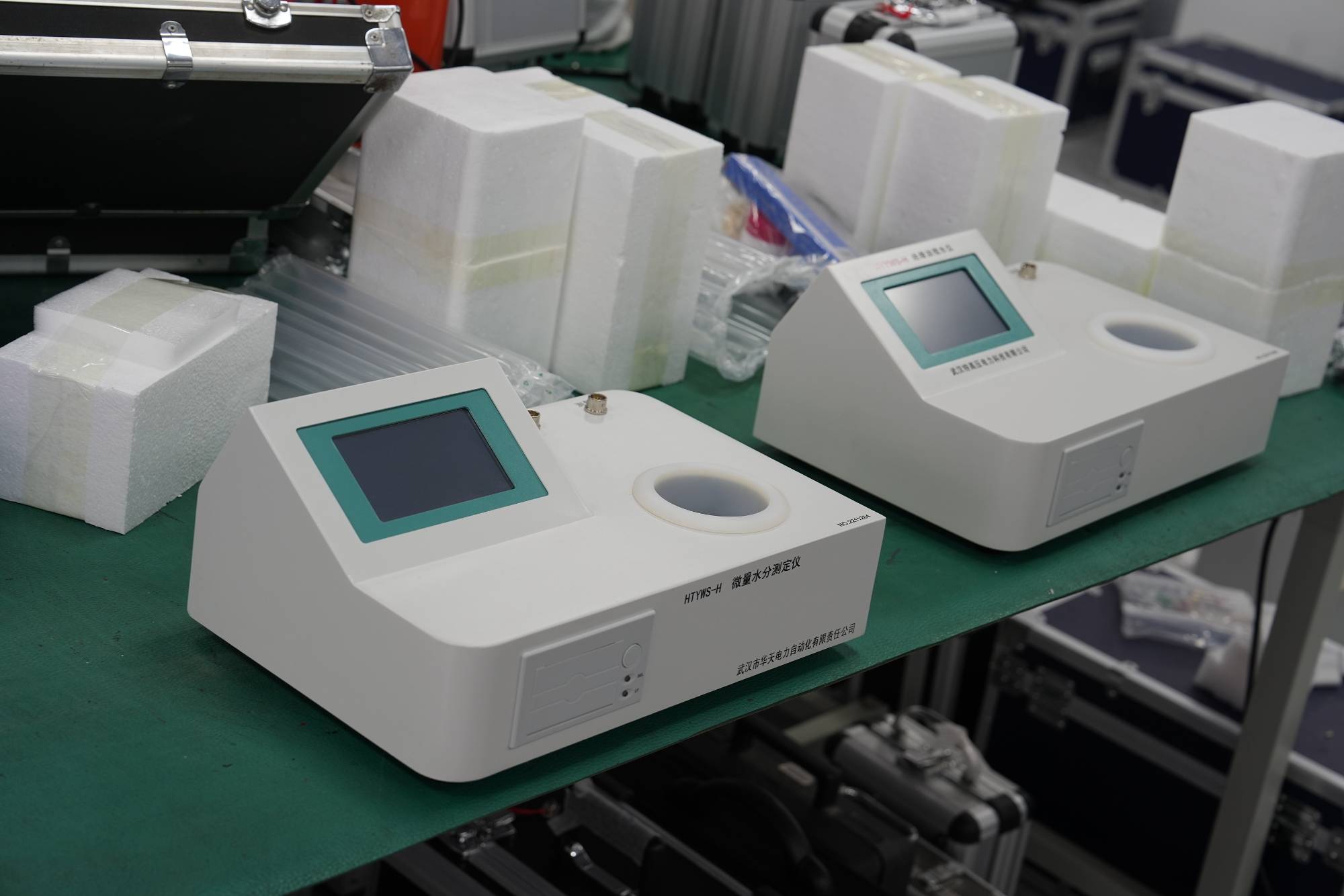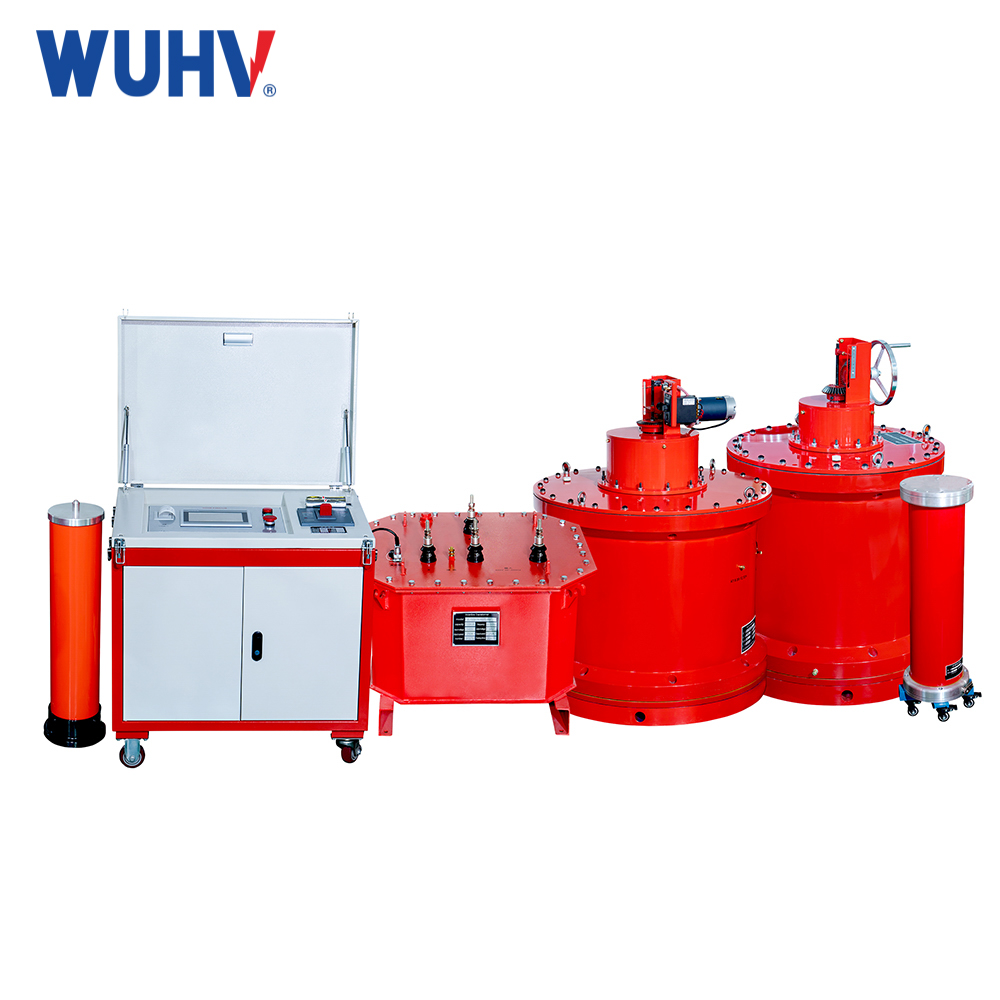The trace moisture analyzer under UHV power can help many power workers conduct various power tests more conveniently.
When we use a trace moisture analyzer, we tend to overlook some details, which can be big or small, but if we cannot control it well, it can even affect the equipment, perhaps in terms of quality. Perhaps it is for testing the accuracy of data, so whenever we need to handle details well, let's briefly introduce its usage details, hoping it can be helpful to you.
1、 When using a trace moisture analyzer, the water level must be maintained.
2、 When placing the rotor into the sample, it is necessary to prevent the generation of bubbles. Otherwise, the measured viscosity will decrease. The preventive measure is to tilt the rotor into the sample and then place the rotor. The rotor cannot touch the cup wall and cup bottom. Do not mark the measurement sample.
3、 When measuring different samples again, it is necessary to link the cleanliness and boredom of the rotor. If there are other samples in the residual water of the rotor or after cleaning, it will affect the accuracy of the measurement.
4、 The maximum acidity (pH) should not exceed 2. If the acidity is too high, a special rotor should be selected to determine a good sample size for the duration.
5、 Analyze the viscosity scale solution based on the measured viscosity range. Before using the viscometer or rheometer, the trace moisture analyzer should be calibrated or checked in a timely manner to ensure measurement accuracy.
6、 When the value is not chaotic, it should be taken, otherwise the obtained value will have significant drawbacks.
We use a trace moisture analyzer, and we must operate it correctly. It's not just about understanding some basic operating steps. In fact, there are many particularly important things, such as maintaining absolute levels when using the equipment, and keeping the test solution free of residue. Every project may be the cause of test data bias, so be careful to obtain an accurate and small bias value.




















